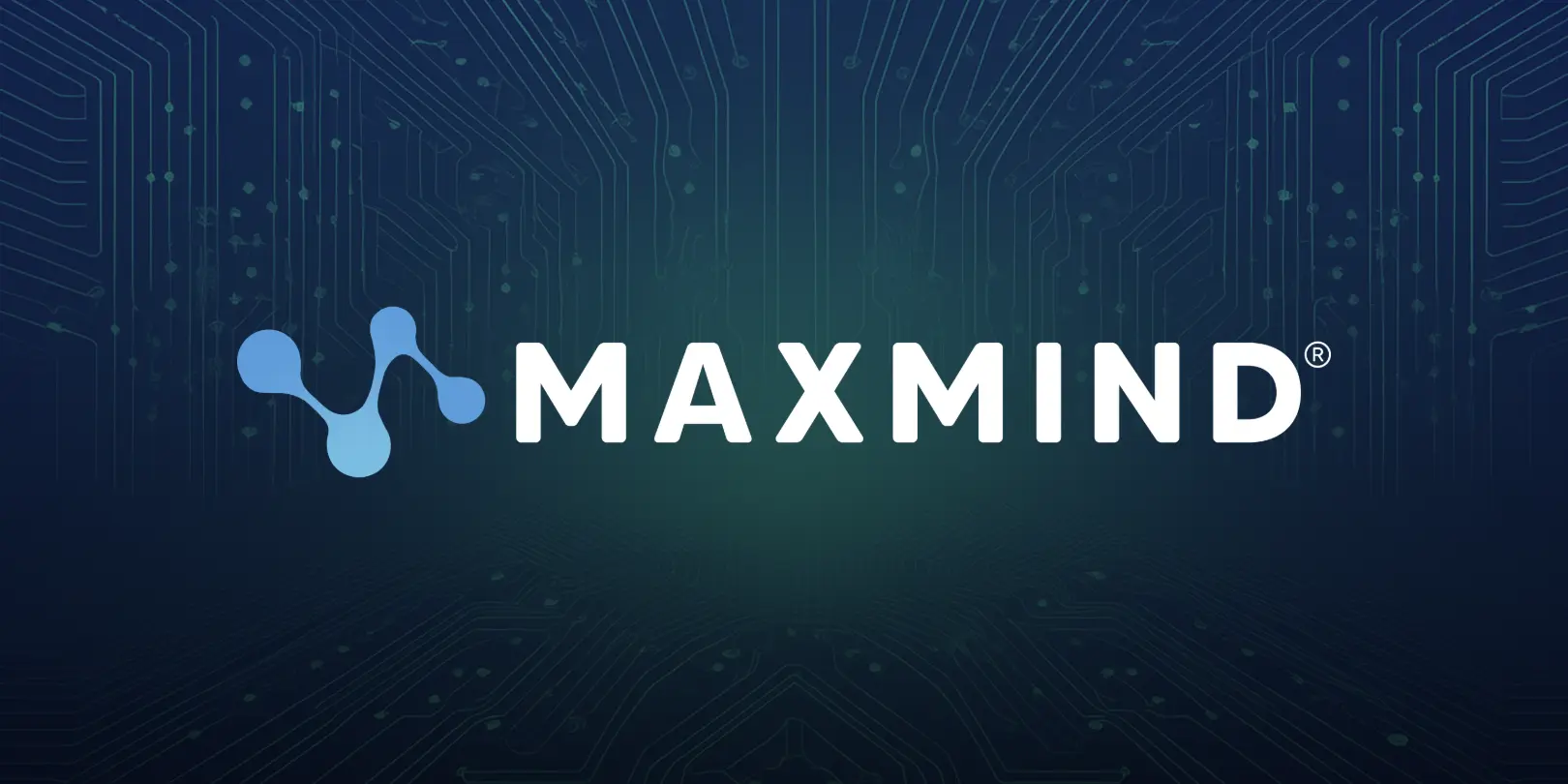The ‘riskScore’ is the most actionable piece of data returned by MaxMind’s minFraud service. The ‘riskScore’ simplifies the accept/reject/review decision for online orders, helping merchants to prevent fraud and reduce time spent on manual review. This blog post will explain why minFraud service users should use the ‘riskScore’ instead of the ‘score’ to catch fraud.
Prior to February 2007, before the ‘riskScore’ was introduced, the only risk estimation element the minFraud service returned was the ‘score’ value. The ‘score’ ranges from 0-10 and is calculated by a static risk model formula that uses previously observed risk factors. This return value is deprecated and the risk model behind it is no longer updated. Since 2007, the minFraud service has returned the ‘riskScore’ value (ranging from 0.10 - 100), a replacement for the ‘score’. In the interest of backwards compatibility, the ‘score’ is still returned to users using minFraud versions 1.0 - 1.2 in addition to a score ‘explanation’, which provides a reason for the particular ‘score’ returned.
There are a number of limitations in the ‘score’ and its formula that motivated the development of the ‘riskScore’. First, the rapidly changing online fraud landscape can outpace static fraud rules. That is, fraud patterns can change in an instant and a risk model where there are only a handful of fixed fraud rules that are only occasionally changed isn’t good enough for fraud prevention. Second, with a published fraud formula, fraudsters essentially have a blueprint of how to bypass a fraud detection system. With the sophistication of today’s fraudster, spoofing enough elements to circumvent a static risk model is relatively easy.
The ‘riskScore’ addresses these concerns to provide a significantly better risk model to catch fraud. While it performs similar checks that were part of the ‘score’, the ‘riskScore’ is adaptive. Utilizing statistical methods and supervised machine learning, the risk model behind the ‘riskScore’ adds a layer of intelligence that is lacking in the ‘score’. It weighs various risk elements differently instead of using fixed risk multipliers and also takes more inputs, which allows for the analysis of more risk elements. In addition, the ‘riskScore’ takes into consideration past and current transactions across the network of minFraud merchants in order to better recognize patterns of fraudulent behavior and adapt accordingly. Lastly, the algorithms behind the ‘riskScore’ aren’t disclosed. To learn more about the ‘riskScore’, please see our website.
MaxMind is constantly improving the ‘riskScore’ model to catch more fraud and we highly recommend that minFraud service users keep their minFraud versions and APIs up to date, and use the minFraud chargeback reporting API in order to take advantage of this. To receive the ‘riskScore’, minFraud service users will need to use at least minFraud version 1.1 (users with older minFraud versions may also need to update their API).
*Beginning January 1, 2014, the ‘score’ and ‘explanation’ fields will no longer be supported by MaxMind.

